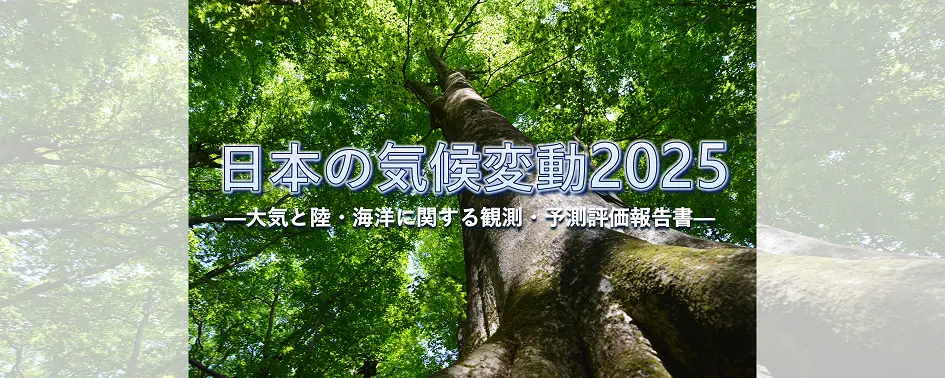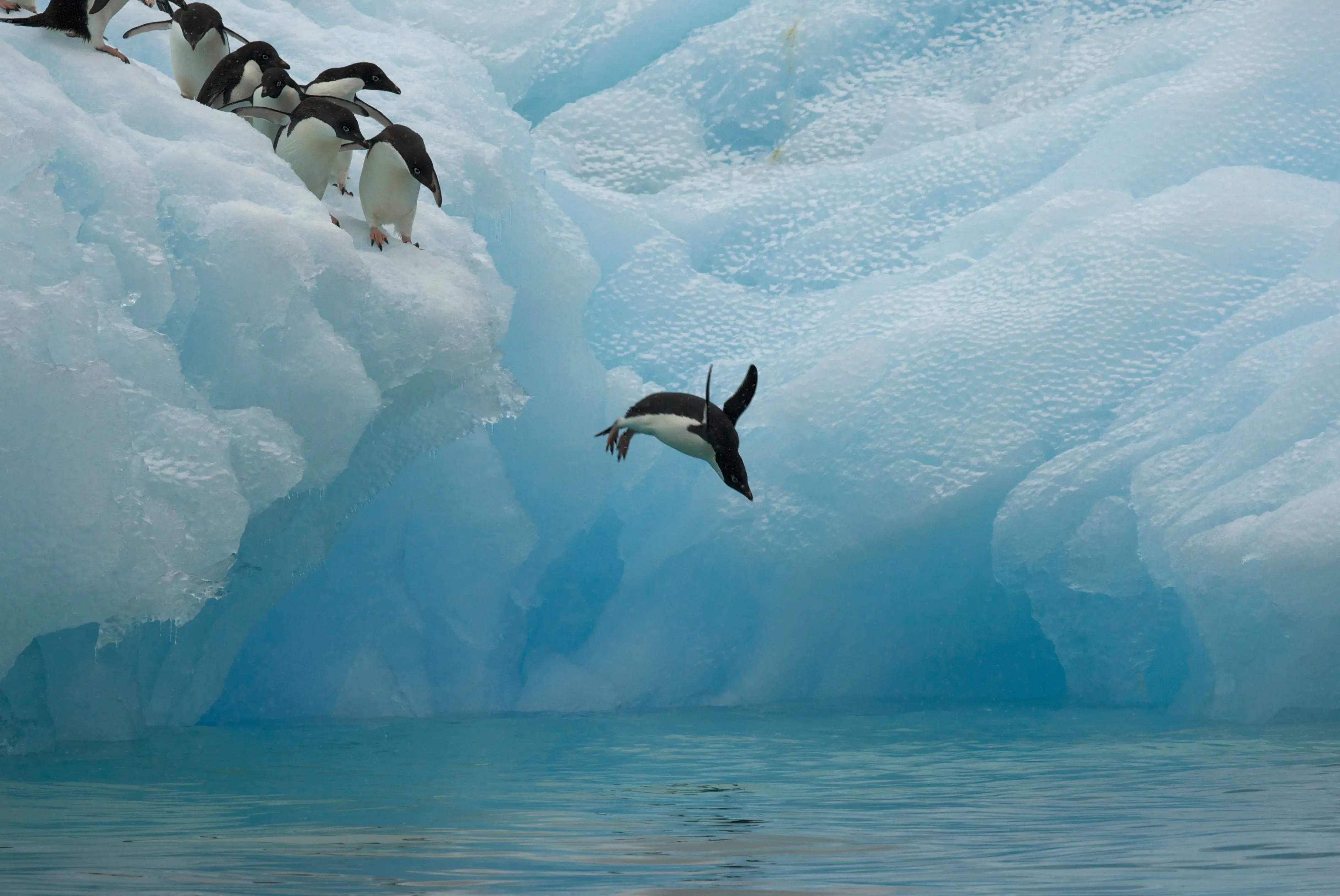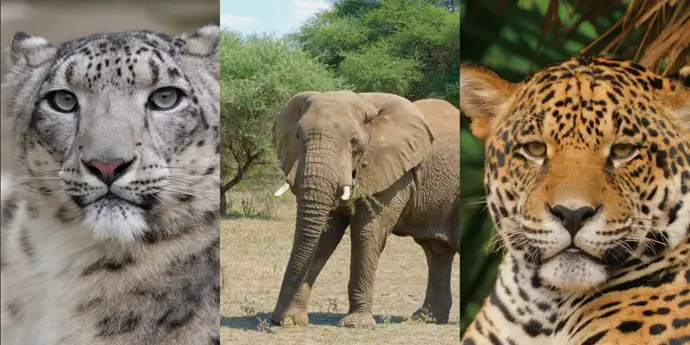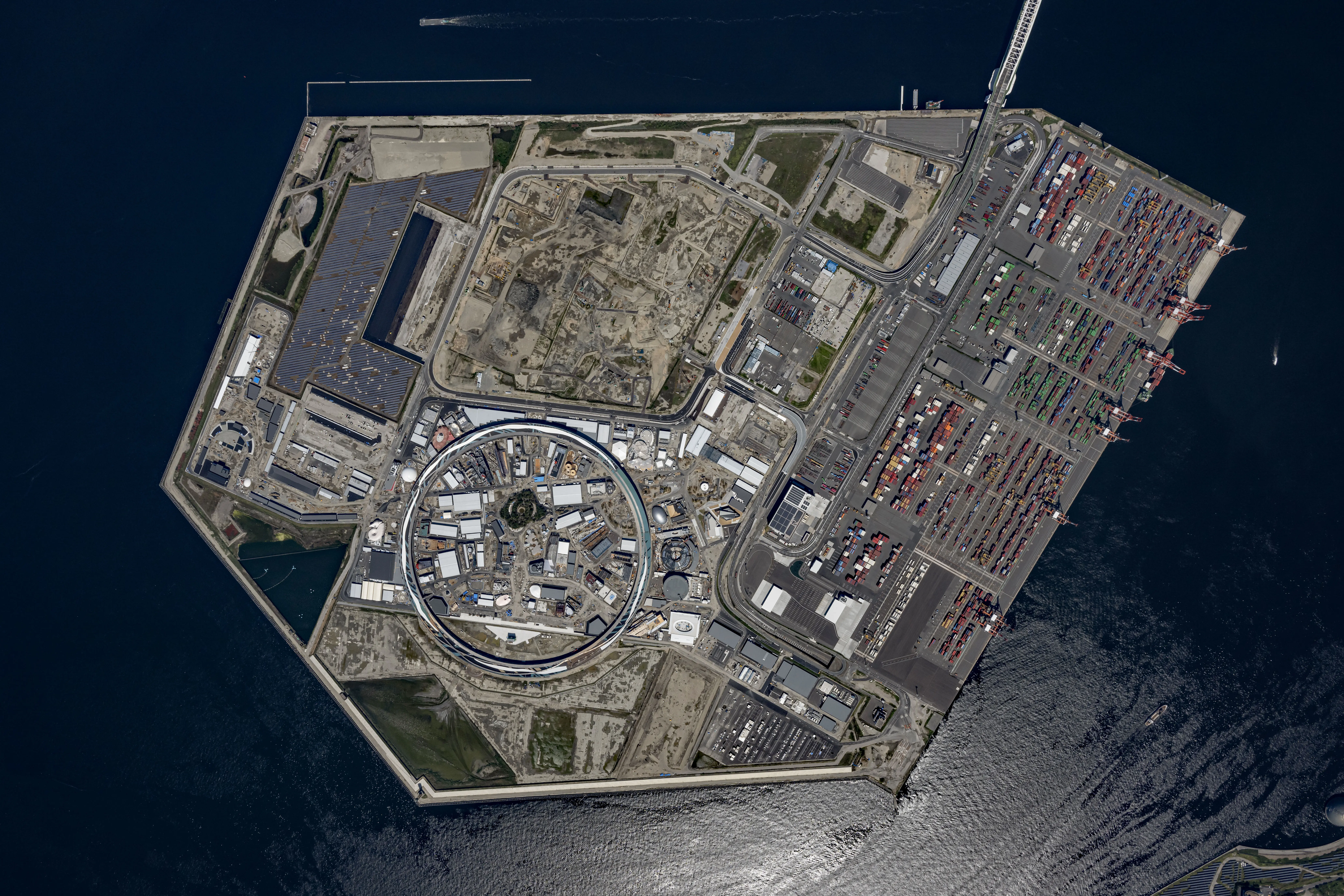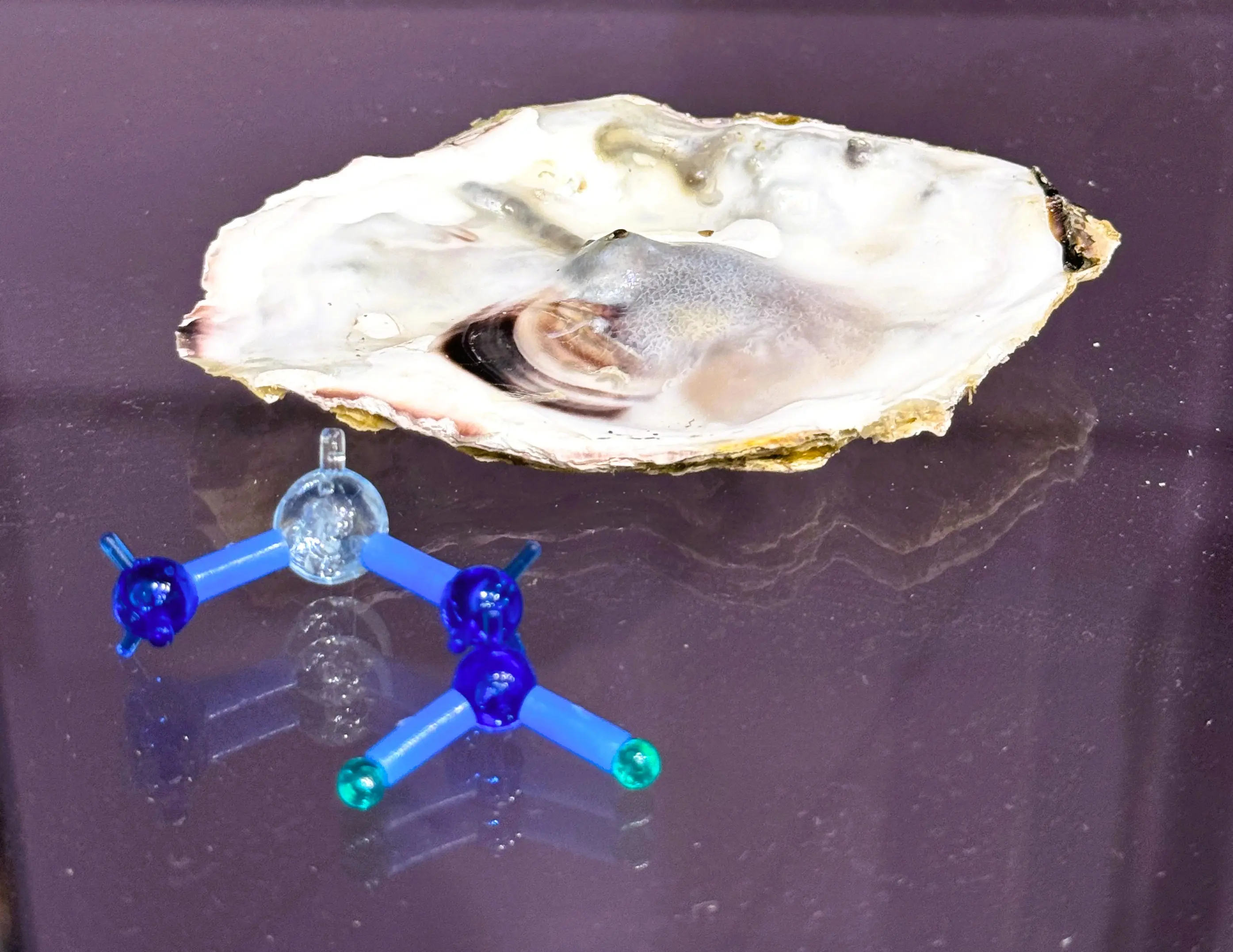IPCC横浜会議:温暖化の影響と適応の報告書を発表
2014/03/31
2014年3月25日から、横浜で開催されていたIPCC(気候変動に関する政府間パネル)の会議が閉幕し、地球温暖化の「影響と適応」に関する新しい報告書が発表されました。今回の報告書では、温暖化の影響が今後避けられないことや、その度合いによって、災害などの規模が大きく変わる可能性が示されました。
日本で初めてのIPCC会議
今回発表された報告書は、IPCCの第5次評価報告書の第2作業部会が発表したもので、温暖化の「影響」とそれにどう対応するかという「適応」に関する内容です。
2007年に第4次評価報告書が発表されてから現在までの7年間の新たな科学の知見をまとめたもので、国連の場で各国政府が温暖化対策の交渉をおこなう際に、議論のベースとなる重要な科学の報告書となります。
このIPCCの評価報告書は、3つの作業部会の報告書から構成され、それぞれについて総会が開催されています。

| 作業部会 | テーマ | 会議日程 |
|---|---|---|
| 第1作業部会 | 自然科学的根拠 | 2013年9月 |
| 第2作業部会 | 影響、適応、脆弱性 | 2014年3月 |
| 第3作業部会 | 気候変動の緩和 | 2014年4月 |
さらに、2014年9月には、この3つをまとめた統合報告書が発表され、第5次評価報告書のすべてが完成します。
各作業部会の報告書の本体は膨大な量となるため、それぞれについて「政策決定者向け要約」が作られます。
今回、世界190か国の政府代表団が参加した横浜での会議は、その「要約」を作るために、テキストの一文一文をレビューし、承認するために開催されました。
このIPCCの報告書は、世界の多くの科学者たちが同意した、現在の科学的知見のみをまとめた中立性の高いものであると同時に、大国の利害がぶつかる国際交渉のベースになるものでもあります。
したがって、その「要約」は、世界中の政策決定者が納得できる過程を経て、まとめなければならず、会議の進行も非常に公明正大に行なわれています。
3月31日に発表された報告書は、そうした作業を経てまとめられたものです。


報告書の概要
地球温暖化の「影響と適応」に関する新しい報告書では、おおまかに温暖化の影響について、以下の3つを述べています。
- 今後の気温上昇は避けられないので、いずれにしても適応の準備をしなければならない
- 21世紀末の気温上昇が4度になってしまう場合と、2度に抑えられる場合では、予測される影響に大きな差がある
- 適応を行えば、影響は少なからず軽減することができる。ただし4度も気温上昇する場合には、適応も不可能となるケースが多くなる

特に注目すべきは、今回初めて、下の2つの状況において想定される影響が、比較できる形で示されたことです。
- 2100年までの気温上昇が2度に抑えられた場合
-
2100年までの気温上昇が4度になってしまった場合
4度になった場合、洪水や干ばつなどの異常気象、人の健康や食物生産へのダメージなど、大きな影響が及ぶことを、報告書は示しています。
そして、現在の世界の温室効果ガスの排出は、この「4度上昇」のへの道を進むシナリオ(BAUシナリオ)に沿ったペースで続いており、根本的な温暖化対策の改善の必要性があらためて示される内容となりました。
このほかにも、第5次評価報告書は、前回の第4次評価報告書よりも、高い確信に基づいた、さまざまな影響を予測しています。
- もっとも人々の生活に欠かせない水が温室効果ガスの濃度上昇に伴って甚大に不足していくリスク
- 沿岸部と低地における洪水や海岸浸食のさらなるリスク
- 穀物への深刻な打撃
- 生物多様性の喪失リスク
- 都市における暑熱や大雨、洪水、土砂災害、大気汚染、干ばつ、水不足などが都市経済や生態系へ及ぼすリスク
このようにセクターごとに示されたリスクは、いずれも「4度」などの気温上昇が高いシナリオほど、非常に深刻な影響が予測されています。
一方、「2度」など気温上昇を低いレベルで抑えるシナリオでは、影響は予測されるものの、4度シナリオに比べてはるかにリスクが低くなることが明示されました。
地域ごとに見られる影響
今回の報告書では、アジア、アフリカ、また南太平洋などの小島嶼国など地域ごとのリスクと適応についても、より詳細な影響予測が行なわれました。
ここでも、今後の気温上昇が「2度」の場合と、「4度」の場合について、影響の差が明示され、2度の方がはるかに影響が少ないとされた点が特徴です。
4度の場合、たとえばアジアにおいて熱中症や洪水のリスクが「非常に高い」と示されるなど、未来に大きな不安を感じさせる影響が予測されています。
また、温暖化の影響を人為的に軽減するために行なう「適応」を、さまざまな手段で行なった場合、その影響が、どの程度軽減されるかについても初めて明示されました。
穀物などの食物や、水、都市や地域のインフラなど、いろいろな分野への影響についても、現在の科学で分かることが示されています。
これらはいずれも、今後の国際交渉や、各国の温暖化防止政策が検討される際に、基本となる科学的なデータとなるものです。
国レベルでの政府関係者はもちろんのこと、自治体や公共のインフラにかかわる人たちにとっても、温暖化にいかに向き合い、その影響を軽減するかを検討するうえで、重要な報告書となるでしょう。


関連サイト
関連するスタッフブログ
- 横浜でIPCCの会議が始まりました(2014年3月25日)
- 横浜にて IPCC総会の会場より(2014年3月27日)
- 科学的な報告書の裏にある「人」の声(2014年3月28日)
- IPCC横浜会議 空席が目立つ夜の会場から(2014年3月28日)
- IPCC横浜会議終了!報告書が発表されます(2014年3月31日)
関連資料(英語)
MEDIA RELEASE
WWF: Earth is in deep trouble says IPCC report
Yokohama, Japan- (31 March) ;
A UN climate impact report, released today, gives the clearest and most comprehensive evidence yet that the earth we call home is in deep trouble. It reinforces the sobering view that climate change is real, it's happening now and it's affecting the lives and the livelihoods of people as well as the sensitive ecosystems that sustain life.
This is the second in a series of four reports being prepared by the world's leading climate authorities in the Intergovernmental Panel on Climate Change (IPCC). It assesses the impacts, adaptation and vulnerability of human and natural systems, the observed impacts and future risks of climate change, and the potential for and limits to adaptation.
Samantha Smith, leader of the WWF Global Climate & Energy Initiative says the report highlights, for the first time the dramatic difference of impacts between a world where we act now to cut emissions (which now come mostly from using fossil fuels); and a world where we fail to act quickly and at scale.
"This report tells us that we have a clear choice: cut emissions now and invest in adaptation - and have a world that has challenging and just barely manageable risks; or do nothing and face a world of devastating and unmanageable risks and impacts."
"The report makes it clear that we still have time to act. We can limit climate instability and adapt to some of the changes we see now. But without immediate and specific action, we are in danger of going far beyond the limits of adaptation. With this risk posed so clearly, we have to hope that the next IPCC report which is being released in Berlin in April, will provide us with strong statements on the solutions that we know exist," she says.
Despite the warnings given by the IPCC in its reports over the past 20 years - reinforced by the release of the report today - the gap between the science and what governments are doing remains huge, says Sandeep Chamling Rai, head of the WWF delegation to the meeting.
"The science is clear and the debate is over. Climate change is happening and humans are the major cause of emissions, driven mainly by our dependence on fossil fuels. This is driving global warming. This report sets out the impacts we already see, the risks we face in the future, and the opportunities to act. It has been accepted by the member governments of the IPCC. Now it is up to people to hold their governments to account, to get them to act purposefully and immediately," he says.
The risks of collective inaction are greatest for developing countries, says Chamling Rai. "All countries are vulnerable but developing countries have a greater sensitivity, with more people living in poverty and fewer resources to respond to climate disasters. We need to put in place those measures that will slow down warming and put us on a fair and just transition to a sustainable world. The report shows that ambitious emissions cuts now can reduce the risk of climate change in the second half of this century."
And the regional assessments - given in depth in this report - show with a great degree of certainty what the impacts will be in the key regions of the world.
"We now have a better understanding of how climate impacts will affect people and nature in different regions. International adaptation efforts need to be intensified to adequately respond to such varied impacts," says Chamling Rai.



